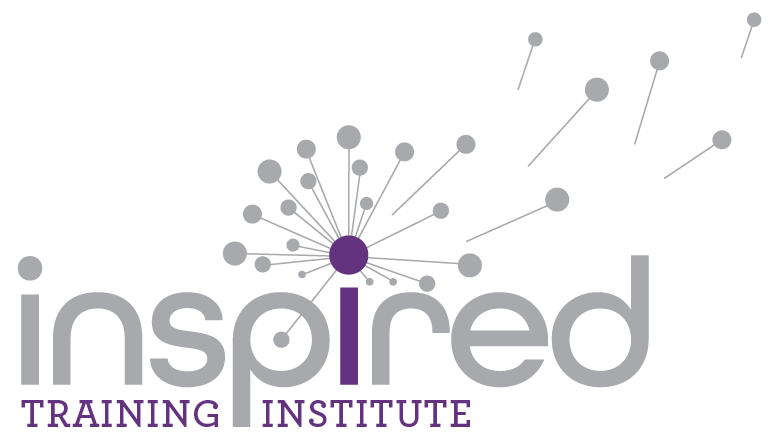Navigating Career Transitions: Expert Advice for Smooth Career Changes
The average American employee changes careers 3 to 7 times. While there is debate on what exactly constitutes a career change, the way I define a career change, for the sake of this blog, is a transition to a different profession. Keep in mind that a career change may occur within your current company by transitioning to a new role or it might entail moving to a new company.
People pursue career transitions for a variety of reasons, at different stages in life, and from various rungs on the career ladder. While some people are seeking greater professional challenges or higher compensation, others are bored or burned out from their current profession, craving the opportunity to try something new. Still others want to experience new industries, like my client who we’ll call Jill.
Three Steps for a Successful Career Transition
Jill had worked in non-profit organizations her entire career, progressing to the level of executive director. Jill was successful at her job and well respected by the Board of Directors and her staff, but she had a desire to work at a for-profit company to try a different industry and take on a new challenge. Together, Jill and I walked through the three steps necessary for successfully transitioning to a new career.
Step 1: Transferable Career Skills
First, we evaluated her transferable skills. Transferable skills are abilities and competencies that can be applied and transferred across different roles, industries, and contexts. In today's rapidly changing job market, transferable skills are essential as they enable individuals to adapt, learn, and succeed in different environments.
To identify skills that can be applied in new career paths, ask yourself the following questions:
What skills have I gained in my previous roles or experiences that can be relevant and valuable in other contexts?
How have I adapted to changes in my work environment or industry? Can I provide examples of successfully navigating unfamiliar situations?
What feedback have I received from colleagues, supervisors, or mentors about my transferable skills?
Which of my skills do I love and wish to apply in a new career?
Step 2: Assessing Skill Gaps and Opportunities for Development
Next, Jill and I assessed her current skill set against the requirements and expectations of a role with a for-profit organization in her desired industry. We identified the specific areas where she had skills gaps. Specifically, Jill knew she had the analytical, leadership, and influencing skills that would be transferable to another industry, but she was concerned her lack of professional experience in the corporate world was a gap that would minimize her career opportunities.
Awareness regarding the gap between your current skill set and the required skills for the career you are pursuing is essential for creating a plan to acquire the necessary skills and knowledge to fill those gaps and enhance your professional prospects. To assess your skills gap, ask yourself the following questions:
What skills are currently in demand in my desired industry or field?
What specific skills or knowledge do I lack that are necessary to succeed in my desired role or career path?
What are the requirements outlined in job postings or descriptions for the roles I aspire to, and how do my current skills align with those requirements?
How do my current skills and knowledge compare to those of individuals who are already successful in my desired field?
Which of my transferable skills from my previous experiences can I leverage to address gaps in my skillset?
Step 3: Setting Goals and Timelines for Transition
Finally, Jill and I set goals and timelines for making the transition. Jill was especially realistic about the amount of time it would take to find the right role at the right level and within her desired compensation level because she had taken the time to carefully evaluate her values and, as a result, identified some very precise financial goals. Ultimately, Jill gave herself a target deadline of six months to change from her non-profit role to a for-profit career. She also set specific and ambitious goals for networking as she anticipated it would be difficult to break into the corporate world given her lack of experience there.
To assess your readiness for making the transition and create a plan, ask yourself the following questions:
By when do I want to make this transition?
How much time, energy, and effort will it take me to develop the skills needed for this career? Will it require me to return to school, pursue a certification, or seek additional training?
What networking do I need to do to better understand this new role or industry?
What adjustments do I need to make to my resume and LinkedIn profile to tell my story in a compelling way that highlights my transferable skills and is tailored to the specific job/company?
Once you’ve answered the above questions it’s time to set SMART goals to develop a plan and move towards the career transition.
Now you may be wondering how Jill’s story turns out. Well of course I wouldn’t be sharing her story if it hadn’t been a success! Jill spent about two months working every networking connection that she had, and I’m pleased to share that she successfully transitioned to a new role in a corporate for-profit environment, making 20% more than she did in her previous role.


